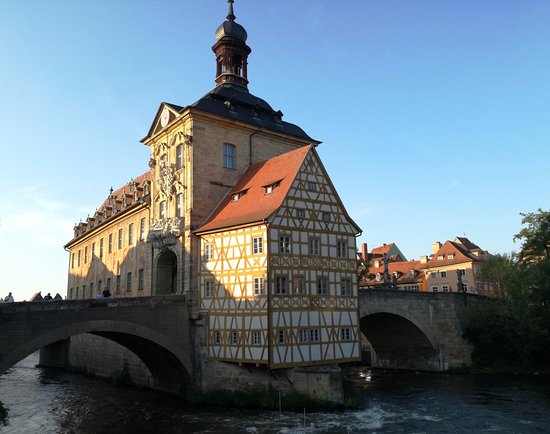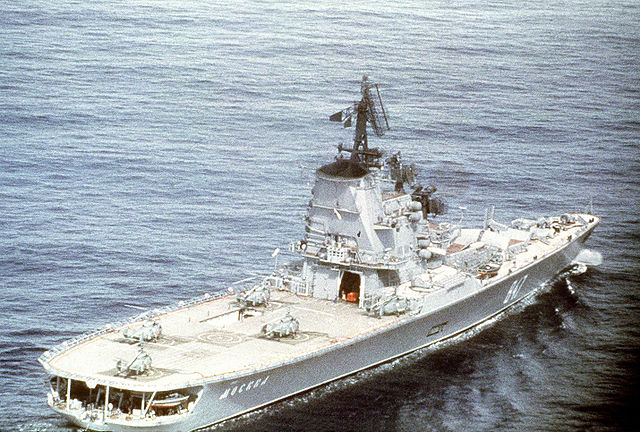
Germany - bad luck begins
16 June 1937 entered Wilhelmshaven Panzerschiff Deutschland. Only the aft flagship had lowered halfway, and the unusual behavior of the crew members signaled what had happened more than two weeks earlier in Ibiza. Photo Collection of Andrzej Danilevich
When, in July 1936, Generals Franco, Mola and Sanjurjo rose in revolt against Popular Front rule, starting the Spanish Civil War, their hopes of quickly taking over the entire country were exaggerated. However, they could count on help from abroad - the emissaries who met Hitler in Bayreuth a week after the start of the fighting, after a few hours of waiting, heard that the German Reich would support the "national forces". At this time, the Panzerschiff (armored ship) Deutschland was on its way to the Basque port of San Sebastian and soon demonstrated which side the Kriegsmarine would take in the conflict. Less than a year later, his fourth operation in the Navy of the Committee of Non-Intervention was completed ahead of schedule by two bombs that fell on him from a Republican aircraft while he was on the coast of Ibiza.
Deutschland entered service two months after Adolf Hitler took over as Chancellor, on April 2, 1st. At the time, the British press called it - and it became very popular - "pocket battleship". This was due to the fact that with the dimensions of the “Washington” cruisers, he definitely towered over them with his heavy artillery (1933 6-mm guns), while being much less armored than all the “real” battleships, was faster and had a greater flight range (the second advantage was associated with the use of diesels). These first features were a way to circumvent one of the provisions of the Treaty of Versailles, which forbade Germany from building "armored ships" with a normal displacement of more than 280 10 tons, which would make her fleet unable to threaten the navies of world powers. The limit posed a great challenge for German designers, but thanks to the large-scale use of electric welding, three-gun turrets and many other innovations, their "product" turned out to be successful - largely because its displacement exceeded the limit by 000 tons.
In December 1933, Deutschland was behind all testing, training and crew training. In April 1934, Hitler visited Norway, using it as a means of transportation. In June, she sailed with the light cruiser Cologne to the Atlantic, both ships conducted artillery exercises there. Since October 1, she was the flagship of the Kriegsmarine, in December she made a courtesy visit to the Scottish port of Leith. In March 1935 he left
on a cruise to the ports of Brazil, also visiting Trinidad and Aruba (there was an engine test, the ship returned to Wilhelmshaven with 12 NM "on the counter"). In October, with his twin, Admiral Scheer, he conducted exercises off the Canary and Azores. On July 286, 24, when he was sent to Spain, he underwent technical inspection, training trips and a visit to Copenhagen.
July 26 "Deutschland" and accompanying Admiral Scheer reached San Sebastian, taking part in the international evacuation of citizens of different countries. Deutschland remained in the Bay of Biscay and sailed for A Coruña via Bilbao and Gijón in the following days. On August 3, together with the Luchs torpedo boat, he entered Ceuta (opposite Gibraltar) and commanded a cadmium squadron sent to Spain. Rolf Karls received all the honors from the troops assembled there, assisted by General Franco, with whom he then dined. Shortly thereafter, three Republican ships—the battleship Jaime I, the light cruiser Libertad, and the destroyer Almirante Valdes—appeared at the rebel base to open fire on it, but Deutschland's maneuvers prevented them from opening fire. In the following days, he, along with Admiral Scheer, patrolled the Strait of Gibraltar, allowing ships carrying heavy weapons from Ceuta to Algeciras that the rebels needed so much to pass through without problems.
At the end of the month, Deutschland returned to Wilhelmshaven, visiting Barcelona (August 9), Cadiz and Malaga. On October 1, she set off on another campaign to the shores of the Iberian Peninsula, with the task of patrolling the waters near Alicante, which in practice meant guarding Cartagena, the main base of the Republican fleet (a seaplane was used for this purpose); On November 21, 3 days after Berlin and Rome officially recognized the government of General Franco, he returned to Wilhelmshaven. On January 31, 1937, she began her third move, unloading Admiral Graf Spee in the waters near Ceuta. During the conquest of Malaga by the rebels (February 3-8), he covered the cruisers shelling the port from the attack of a group of Republican ships (left Cartagena, but moved away from the provocative maneuvers of the German and Italian units).
